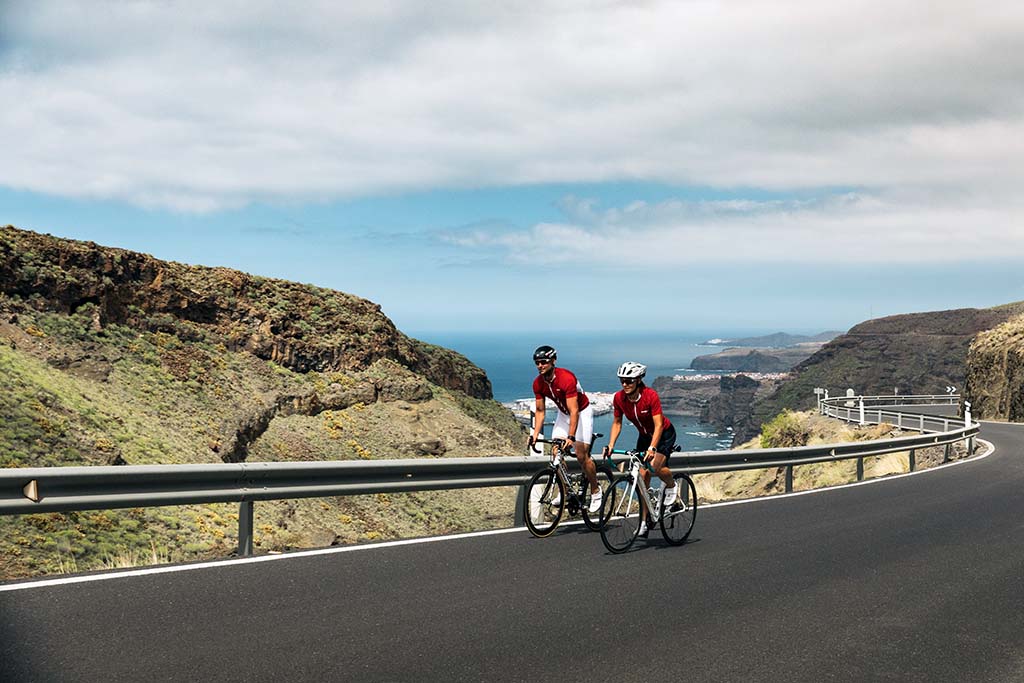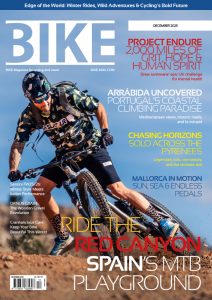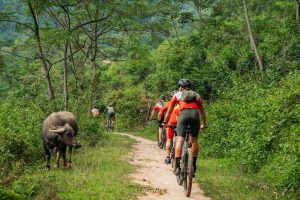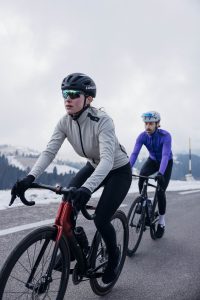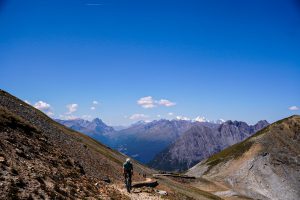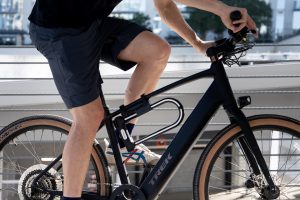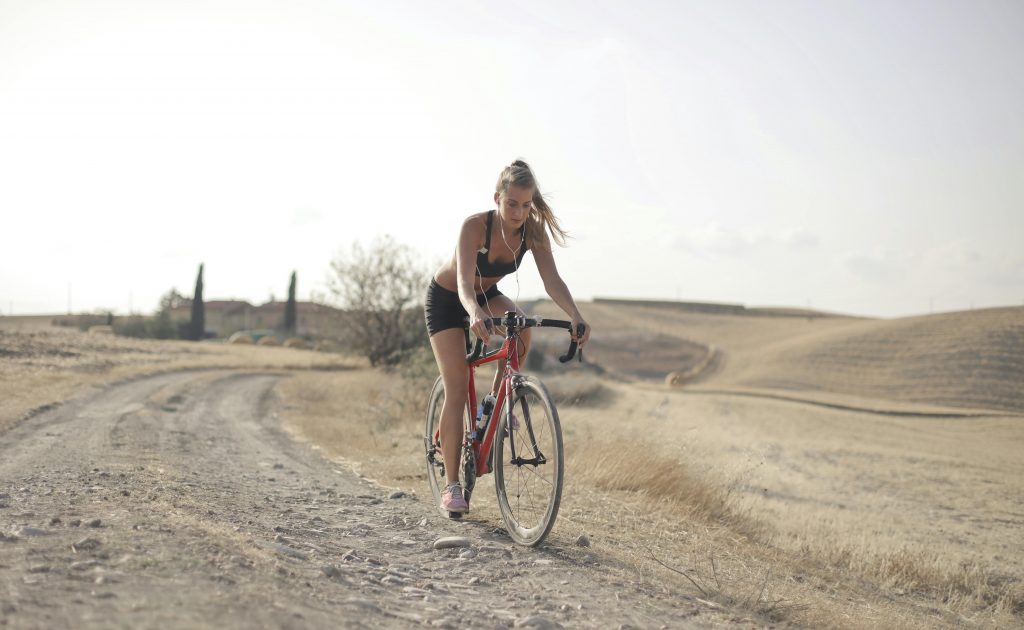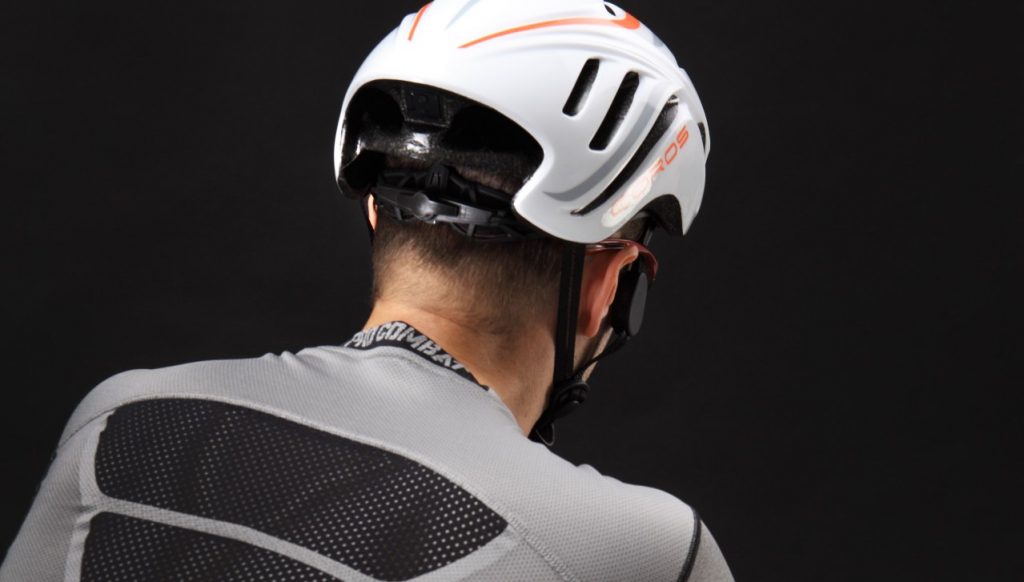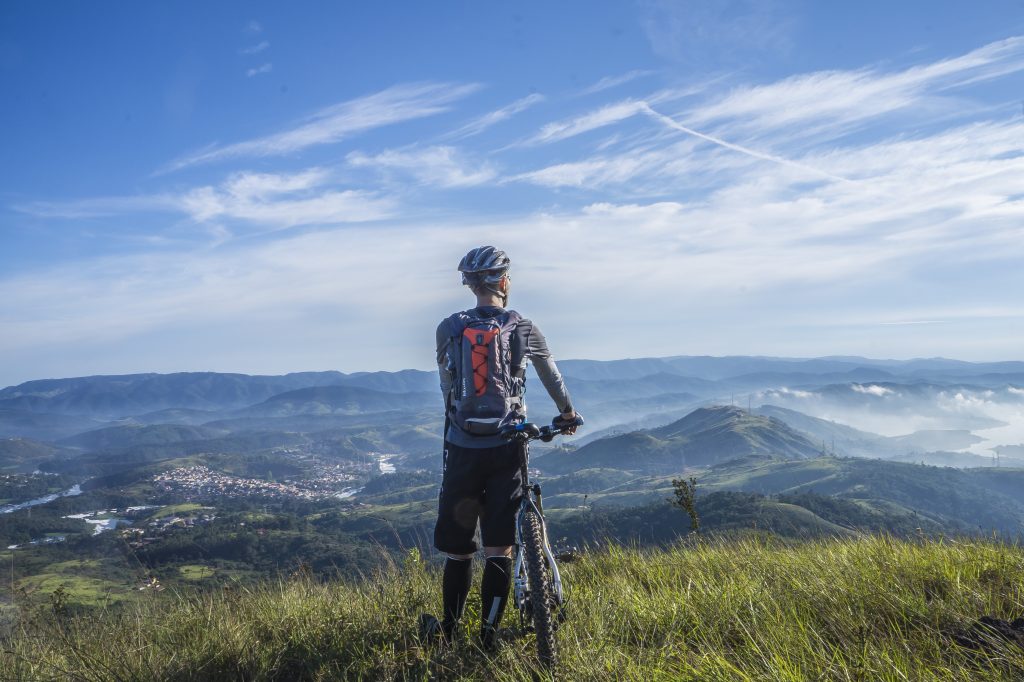Beyond the Sunshine – The Benefits of riding in the heat.
Training camps have long been perceived as a luxury reserved only for the elite athlete. However, with the growth of the sports tourism industry and the increasing numbers of recreational endurance athletes willing to travel abroad to focus on their performance, warm weather training camps have firmly established themselves as a mainstream staple in many endurance athlete’s training plans for the year. In this current climate, athletes may well be taking their bikes with them on their summer holidays, or are hoping for warm weather at home for their staycation.
The benefits of warm weather training are no longer reserved for professionals and elite age groupers, but for athletes of all abilities and with a vast range of individual goals.
There are several measurable physical benefits for athletes training in warm weather and areas where there is increased sunlight, from the impact of Vitamin D to the additional training stress from heat.
Several athletes and coaches are using warm weather protocol and safe, successful cooling strategies to gain the edge every year, and there is no reason that these advantages should be restricted to the top cohort of athletes.
The 2020 Olympic Games (now in 2021) will be held in the warm, humid conditions of Tokyo and exercise physiologists are finding themselves in a thermo-arms race to have the upper hand in all sports. Yet, there are also many examples of how athletes can push themselves too far. The IRONMAN World Championships, Race Across America, and Marathon des Sables to are a few events where heat becomes one of the additional hurdles. There are well-advertised adverse effects of heat and performance such as Jonathan Brownlee in Mexico in 2016 and US Olympian, Sarah True at both IRONMAN Frankfurt and IRONMAN Nice 2019. In cycling, these are less apparent, but that doesn’t mean the impact isn’t as severe.
Methods of Heat training
When a participant trains in warmer weather, additional training stress is added onto an athlete. Blood becomes thicker, meaning the heart has to work harder to pump oxygen in the blood around the body to the working muscles (Ron Maughan, 2004). As a result of this stress, the body adapts and increases blood plasma which remains changed in the body after the exposure to a heat stimulus. This leads to an improved level of cardiovascular fitness. Furthermore, heat trained athletes will begin sweating earlier and heavier, and the heart will pump more blood to the heart to ensure the body is more efficient at cooling (Sawka MN, 2011).
Three main methods can achieve heat training and adapting to warmer climates:
Environmental exposure – The most obvious of methods: the athlete moves somewhere warm! When relocating to warmer climates, it is vital for the athlete to gradually adapt their training load to allow for the additional stress of heat. Therefore, in the opening few days, aerobic level activity should be completed through the hottest part of the day and using the cooler parts of the day to do any intensive workouts. Athletes should fully cool down post workouts and fuel (including hydration) appropriately. Using the room’s air conditioning will not impact the body’s acclimatisation; in fact, it could improve the recovery times.
Artificial training environmental exposure – Not everyone is fortunate enough to be able to jet off to warmer climates three weeks before a substantial race or event. However, a warm environment can be artificially created for the athlete to train in. Activities like Bikram or hot yoga (Perrotta, White, Koehle, Taunton, & Warburton, 2018) have positive effects on heat acclimatisation. As does wearing more layers than is necessary (Stevens, 2018), and indoor sessions in poorly ventilated or warm environments (e.g. turbo sessions indoors with a heater on!)
Raising of core body temperature – Exposure to hot environments like a sauna or a hot tub post-exercise (Zurawlew MJ, 2016) or as part of a daily routine can dramatically improve heat adaptation.
Clearly being in a warmer environment helps to acclimatise the body to heat stresses. When adapting to warmer climates, allow 1-3 weeks to acclimatise fully.
If the warm weather training is a method of improved physiological performance, then results should last on return to colder climates, and heat training should be a part of athletes training routine to assist in their training.
Within about three weeks, the physiological effects are reduced by 75% (KB, 1998).
However, heat exposure can return the athlete to where they were before relatively quickly, and continual exposure will prolong the effects even if they are not somewhere warm.
Dehydration and heat training
Dehydration and heatstroke are not entirely linked. An excessively high core temperature does not necessarily also lead to an increased level of dehydration. In fact, a significant change in body weight may be acceptable or even normal without becoming dehydrated (Maugham R.J., 2007).
It is found that heat training on shorter intensive bouts of activity can cause an increase in core body temperature as a result of the thermal energy required by the body to do work. Longer, steady-state efforts of exercise are likely to cause more dehydration as the body utilises stores of fluid. When heat training, the increased thermal environment means that the athlete is expected to feel hotter and drinking can reduce that effect (Stephen Cheung, 1998)
Heat training causes the body to sweat sooner and more. Therefore fluid loss and subsequent replacement must be achieved after any heat training session. As the athlete becomes more acclimatised, they will not need as much fluid as their body becomes better at keeping itself cool. However, following a hydration strategy will help them bounce back from heat training quicker and prepare for the next session as well as help them perform well in longer endurance events. Athletes must make sure that their fluid intake is adequate; however, losses of less than 4% of body weight is unlikely to impair performance (Goulet, 2013).
How to recover from heat training?
Heat training is a stress. Therefore, it is essential to think of it as such and adapt training and recovery accordingly.
After training in warmer environments, it is vital that the athlete adequately cools down. In extreme cases, this may include cool showers and baths to effectively cool the core body temperature (Bongers, Hopman, & Eijsvogels, 2017).
Often, especially in warm environments, athletes tend to enjoy the warm location and spend time lounging by the pool or sunbathing. This is not adequate recovery and continues the heat stress and will only prolong the recovery time before the adaption can take place. Much like a training load, after a stress is applied, rest and recovery allow the body time to adapt.
Heat training should be considered in the same vein and therefore should not always be “on”. Finally, if the athlete is doing multiple workouts in one day, the subsequent sessions will start from an elevated core temperature, which will result in sub-optimal training, and this must be carefully monitored.
Precooling Strategies
There are several strategies for staying cool.
Pre-cooling using cooling vests and towels to cool the core temperature down, similarly, ice baths (Hutchinson, 2010) and iced smoothies (Rodney Siegel, 2010) can also be used as a means to cool down both before or after training in the heat.
Furthermore, cooling strategies help to reduce the perception of being hot that can in itself improve performance (Stephen Cheung, 1998).
Dangers of Heat Training
Heat training doesn’t come without danger. Stressing the body at any level has its risks.
It is essential to listen to the body and learn from it. Athletes should start any heat training slowly and increase their training duration as their body adapts to the stress. The first few days adaption on arriving in a new location it is particularly important to take it slowly.
In extreme situations, athletes can and do die from heat-related injuries.
With a significant risk of training in the heat being death, it is worth identifying heatstroke symptoms (NHS, 2018):
- Headache
- Dizziness
- Loss of appetite and feeling sick
- Excessive sweating and pale, clammy skin but not sweating, even though hot
- Cramps in legs, arms and stomach
- Fast breath or pulse
- Temperature of 38ºC or more (40ºC is very serious)
- Being very thirsty
- Seizures
- Unconsciousness
- Death
Concluding Remarks
There are a plethora of different reasons behind training in warm weather which add to the physiological strength, psychological advantage and indeed, the overall well-being of an athlete.
Through these benefits, though certainly not to be considered a short cut, athletes can boost fitness in an easier, more efficient way than sticking to their regular training schedule and it is advantageous to train through hotter climates.
Nevertheless, training in the heat can cause adverse side effects which athletes and coaches should be aware of, and some methods can promote the similar warm weather gains physiologically without having to get on an aeroplane.
However, often these neglect the other positive outcomes that are found by taking some time away from ‘normality’ and immersing oneself in a warm-weather training environment.
References
Bongers, C. C., Hopman, M. T., & Eijsvogels, T. M. (2017). Cooling interventions for athletes: An overview of effectiveness, physiological mechanisms, and practical considerations. Temperature, 60-78.
Goulet, E. (2013). Effects of Exercises-Induced Dehydration on Endurance Performance: Evaluating the Impact of Exercise Protocols on Outcomes using a Meta-Analytic Procedure. British Journal of Sports Medicine.
Hutchinson, A. (2010). Faster, Higher Sneakier. Walrus.KB, P. (1998). Time course of heat acclimation and its decay. Int J Sports Med, 157-160.
Maugham R.J., e. A. (2007). Errors in the Estimation of Hydration Status from changes in Body Mass. Journal of Sports Sciences.
NHS. (2018, January). Conditions: Heat Stroke and Heat Exhaustion. Retrieved from https://www.nhs.uk/conditions/heat-exhaustion-heatstroke/
Perrotta, A. S., White, M. D., Koehle, M. S., Taunton, J. E., & Warburton, D. E. (2018). Efficacy of Hot Yoga as a Heat Stress Technique for Enhancing Plasma Volume and Cardiovascular Performance in Elite Female Field Hockey Players. The Journal of Strength & Conditioning Research, 2878-2887.
Rodney Siegel, e. a. (2010). Ice Slurry Ingestion Increases Core Temperature Capacity and Tunning Time in Heat. Medicine and Science In Sport and Exercise.
Ron Maughan, S. S. (2004). Exercise in the heat: challenges and opportunities. Journal of Sports Sciences, 917-927.
Sawka MN, L. L. (2011). Integrated physiological mechanisms of exercise performance, adaptation, and maladaptation to heat stress. Comprehensive Physiology, 1883-1928.
Stephen Cheung, T. M. (1998). Heat acclimatisation, Aerobic Fitness, and Hydration Effects on Tolerance during Uncompensable Heat Stress. Journal of Applied Physiology.
Stevens, C. J. (2018). Evidence for training in additional clothing as an alternative heat acclimation strategy for athletes. Temperature.
Zurawlew MJ, W. N. (2016). post-exercise hot water immersion induces heat acclimation and improves endurance exercise performance in the heat. Med Sci Sports, 745-754.
Philip Hatzis
Founder and Head Coach of Tri Training Harder.
https://tritrainingharder.com/coach/philip-hatzis
Social Media:
Twitter: @Philip_Hatzis
Instagram: @philiphatzis1



